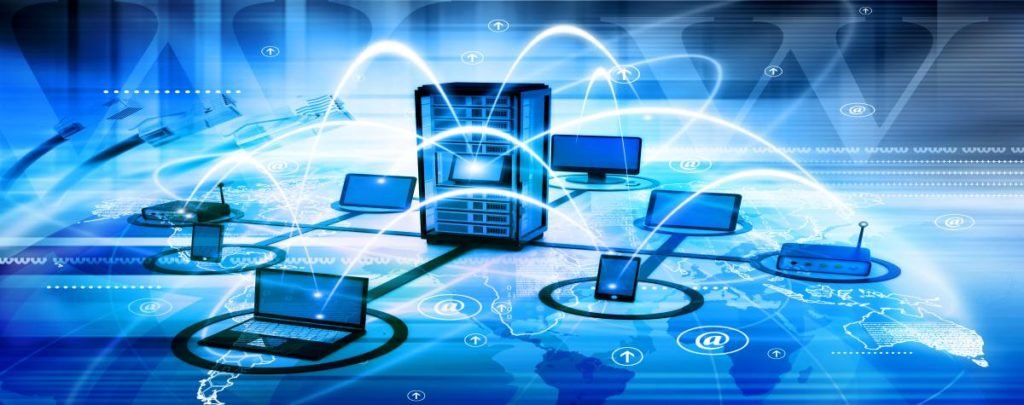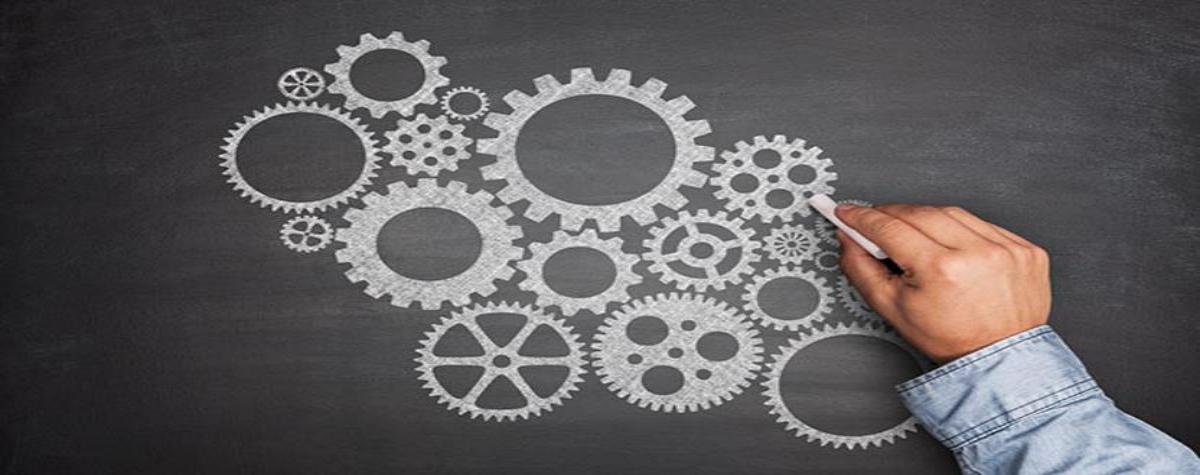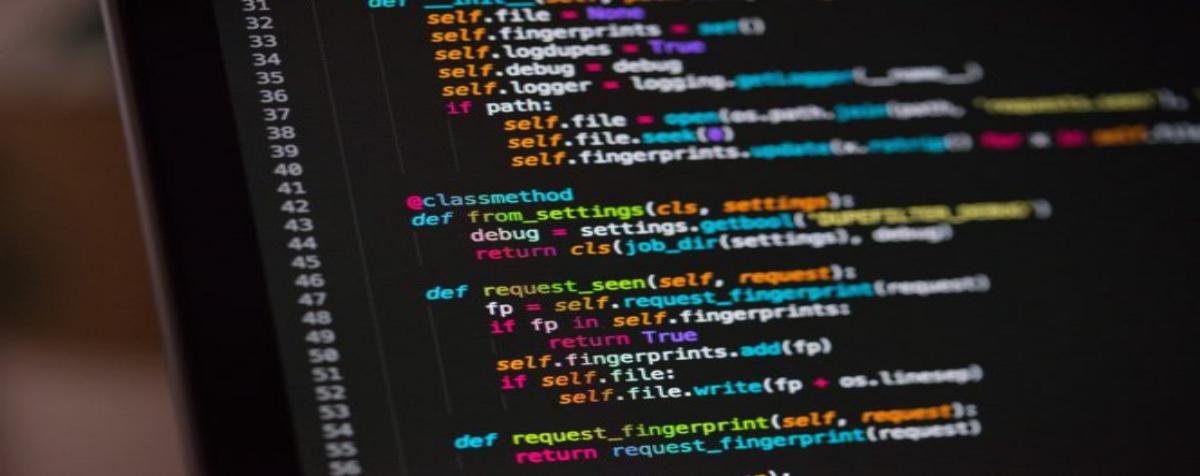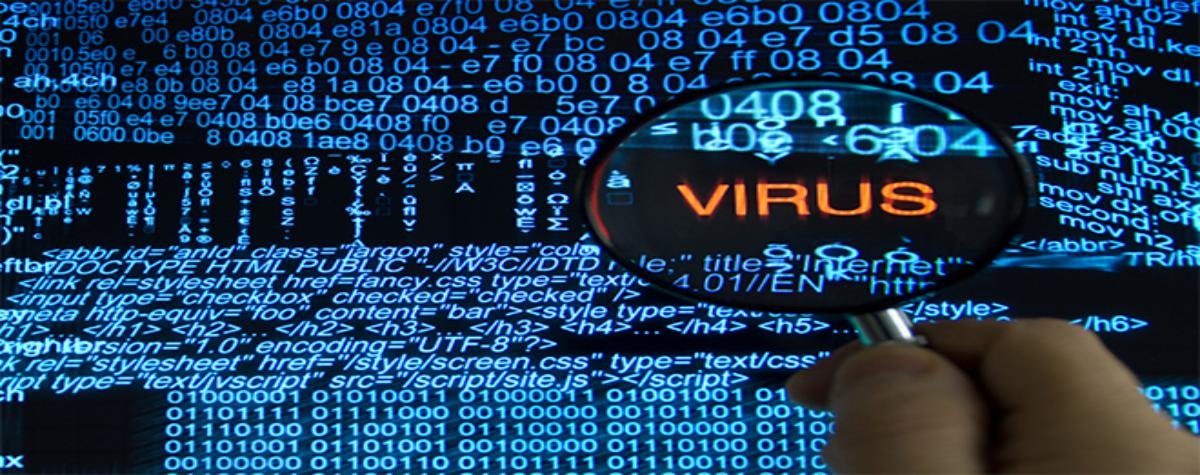In this article, I will define what networks are, how it works, how it is used.
There are lots of little things to understand to step back and understand these concepts.
What is the purpose of computer networks?
Computer networks are mainly used for sharing resources.
It was an everyday reality.
The Internet was still very underdeveloped, and exchanges were made either by CD-ROM or by diskette.
Networks allow you to get rid of that, and to communicate “directly”, it’s just “revolutionary”.
What is a computer network made of?
It only takes 2 PCs to communicate to call it a network.
A network can therefore contain 2 PCs or millions of PCs like the Internet.
As soon as 2 computer equipments (which send bits) for example a PC, server, printer, laptop etc communicate with another, we speak of networks.
Afterwards, as they say, there are networks and networks, and in everyday language people use this word wrongly and through.
But the idea, when you hear about networks, you just have to imagine 2 devices that communicate with each other
After, how they communicate, we will see below.
They communicate but what are they sending each other?
As I said, and this is FUNDAMENTAL, everything is digital.
This word is used everywhere …
What it hides, and which few people really understand.
Before, when you were watching TV, you had big quality changes depending on the position of the antenna, or the dish. It sizzles, it makes images not clear not top
Why ? Because the information is the “analog” signal, and it is liable to be modified at any time due to an electromagnetic field, walls etc.
Digital, on the other hand, is different, it also uses physical “analog” signals to transmit not the information itself, but bits.
What is a bit, it’s a value of 0 or 1.
So concretely, instead of transmitting a precise “value” of a voltage for example which represents an image for example, we will transmit a series of bits of 0 or 1.
The advantage is that it is much more reliable, because it is very easy for a device to differentiate a signal which represents 0 or 1 (a voltage of 8V or -8V).
And the information is suddenly “unalterable”, and it is possible to control it.
So everything, absolutely everything about networks, programming, computing revolves around the bits …
And when we talk about networks, it’s ultimately just bit transmissions between devices …
These bits which form bytes, and these bytes which form information (image, file etc).
Elements of a network
So that 2 PCs (for example) can exchange information (bits specifically as mentioned in the previous paragraph)
We need specific equipment, this is what we call network equipment.
“End users” equipment
We call in English “end user equipment”, that is to say equipment that is at the end of the chain.
We speak of a chain, in the sense that the operating diagram of a network is almost always the same thing:
End User Equipment <-> Network equipment <-> Servers
In equipment end users, we can cite:
PC
Tablet
smartphone
Waiters
The servers are made to … be of service …
These are dedicated devices, which respond to user requests (for example consult your weather site or your emails)
They are often more or even much more powerful than users’ PCs (RAM / CPU level etc.)
The goal is that they are very reliable, and very efficient, why? Because they are supposed to always work, imagined you if the site (there is a server behind) to settle your fines no longer worked.
They were created to respond to “requests”, this is their job.
Network cards or WiFi
In a human being, the organ that transmits speech is the mouth.
On a PC, it is the network card or the Wifi card that will send or receive the bits.
To use a network card, we need the plugger to network cables to transmit the bits (which are sent through an electrical voltage in the cable)
Switches (or switch)
The network cards of the PCs are connected to switches which will then switch the frames.
Because, when a PC sends bits, they do not send them in continuous stream, no, it sends them in small pieces of 1500 bytes with a wrapping (called headers which give information on the destination, source etc)
These small bits of bit (frame) will be switched (routed) to other switches or directly to the destination server or PC.
This is what a switch is for: Switching ethernet trams
Routers
It’s good to be able to switch frames, but what happens if you live in Paris and want to send a file to a server in Tokyo.
For this, we need a more “intelligence”
This intelligence is found through the IP protocol (level 3 routing)
Routing defines networks (simply by the notion of ip address and mask and that’s it), and when you want to communicate with another network, you have to go through equipment called a router.
The advantage is that we can communicate with whoever wants the network, as far as it is, as long as the routing is effective.
Firewalls
Firewalls make it possible to secure network flows
It is the first line of defense of a network, it allows to “filter” the traffic, to say that this flow (HTTP for example) is authorized or not.
But it’s not enough at all.
Datacenter
The datacenter is a data center, concretely it is a kind of warehouse or turn servers, switch, routers of a company.
The advantage is that it is optimized for IT equipment (air conditioning, fiber optics, concentration of servers, etc.)












